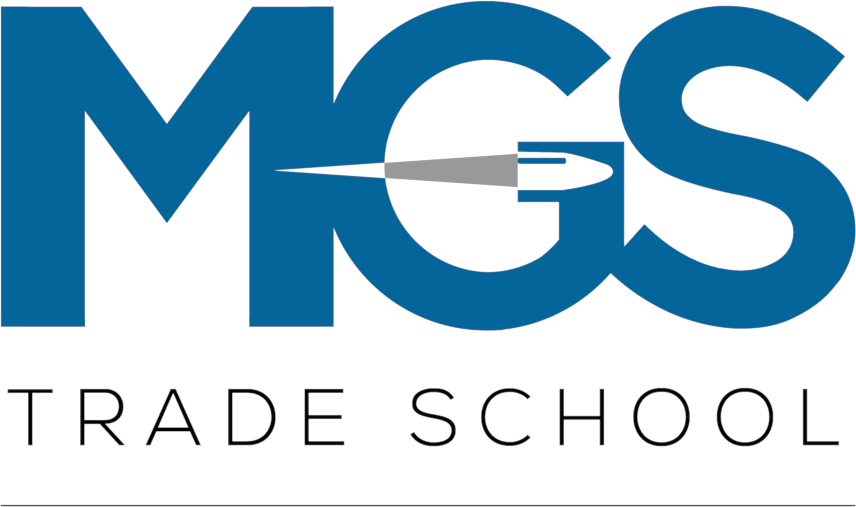Unit 6: Lathe & Learn
Lesson 17: How to Choose Your Lathe
This lesson was a bit short, but full of information. This is a tool I have had no experience with at all, but I feel like I have learned an enormous amount just from here. I liked the idea of refurbishing an old lathe compared to buying a new one. The part layout and instruction of how it all works to me is a great part of this lesson. It felt very immersive.
The emphasis on the 3 and 4 jaw chucks is well warranted. Along with it, there were instructions on the micrometer and how to use it. It was explained in great detail. I worked in a shop once using a micrometer. Its use and how to read it correctly were not explained in as much detail as this was.
The firearm for this lesson was the Savage Model 88. Since there are several models for this, it’s important to note the differences in each.
Lesson 18: How to Adjust, Square, Repair and Use Your Lathe
The instruction on how to repair and set up a lathe is a large amount of the information in this lesson, so I will need to come back and look at this again if I do decide to purchase one. I did like the instructions on the tools and what they are used for, how to use them, and what works best. The instructions on how to duplicate a bolt, what steel to use, and how to measure out were interesting.
Sight repair and installation are in this lesson as well. There are many types of sights, and everyone has their own preferences. Finding the right one is the difficult part. Repairing and replacing these can prove difficult. Adding a scope is something I find can be just as difficult depending on the one a person chooses.
The Savage Model 24 Combination is a very interesting weapon. The unique set up alone is intimidating. The disassembly by section and the very separate/distinct issues each section can present is very unique in its own right.
Lesson 19: Step by Step Soldering
I have done soldering before but never knew how wrong I was doing it. I never really knew the differences in the types of solder, the different heat ranges and how the solder reacts to different types of material. The preparation of material surfaces, where to place the heat, and what heat source works best for each application was just something I never really thought about until I read this.
The warning for cadmium solders is a bit worrisome but safety first and foremost. It also seems silver solder is the most versatile type to use and is the most trustworthy.
The Winchester 200 series seems to be pretty popular types of weapons. The variations and differences are many, but, overall, they are still very similar to each other with the exception of some models sharing different parts. Most importantly, they all have similar issues over time.
This unit gives many examples of tools, how to set them up, how to use them, and a little bit of how to maintain them. I really liked all of this and the instructions on how to perform what will be used most in a shop or by a hobbyist.
Written by J. Jacobs, The MGS Experience Student


